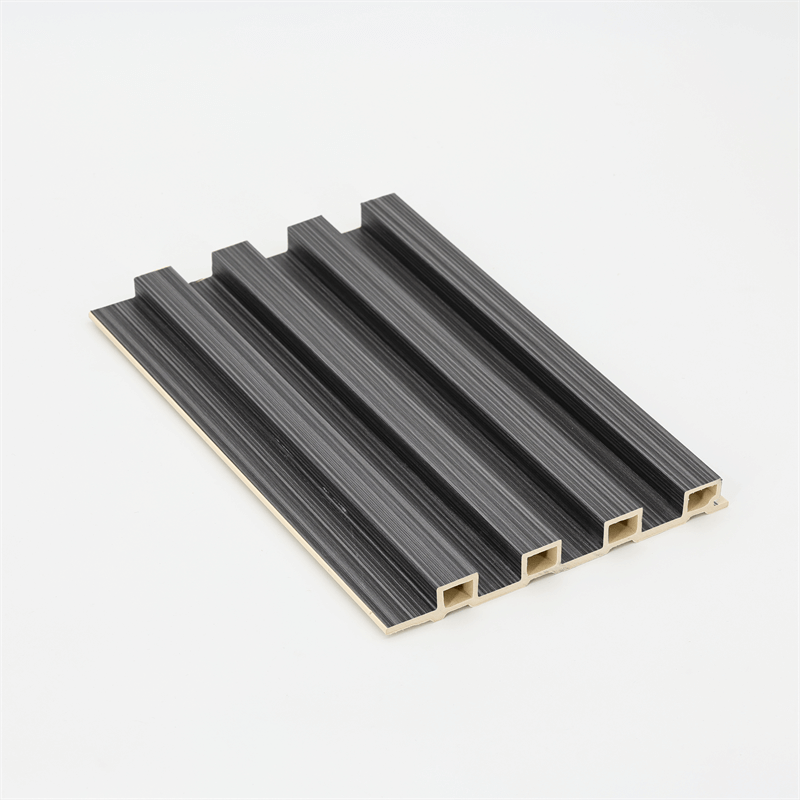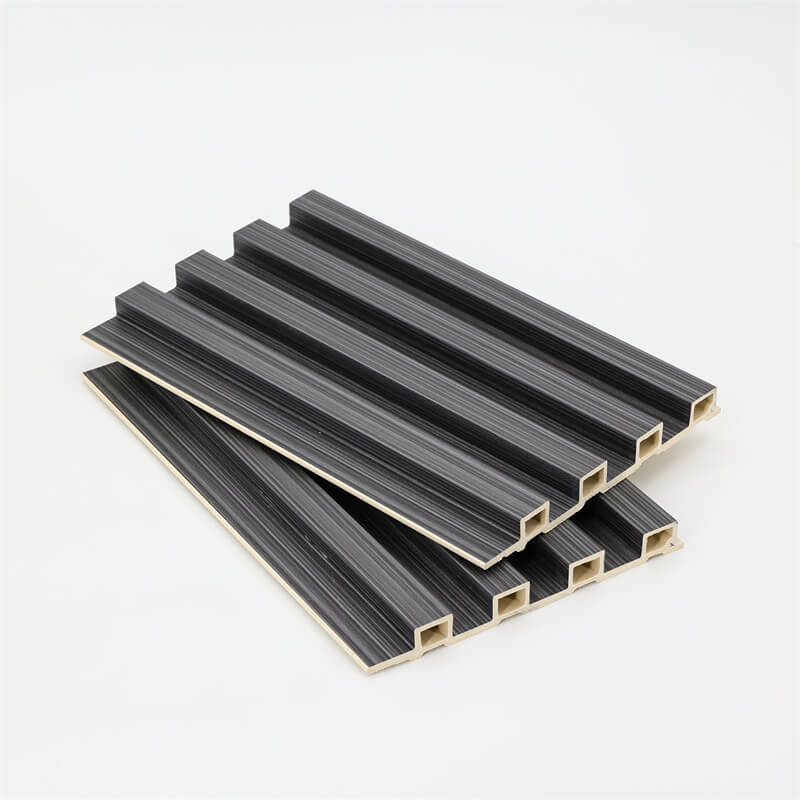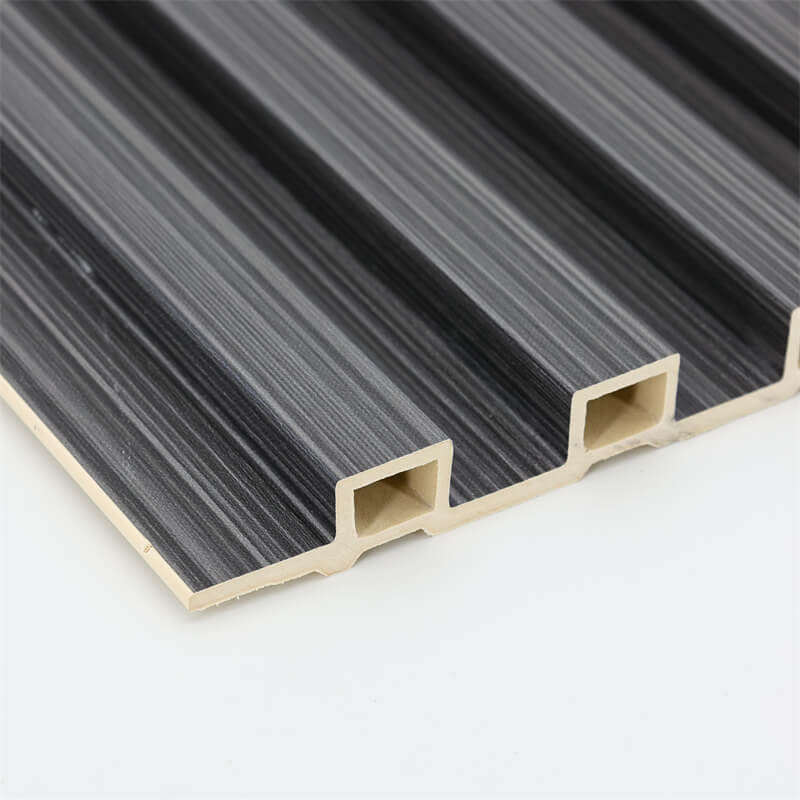
In recent years, the construction and design industries have witnessed a remarkable transformation with the introduction of innovative materials that combine the best of both worlds.
Among these revolutionary products, Wood-Plastic Composite (WPC) panels have emerged as a game-changer, offering a compelling alternative to traditional building materials like wood and plastic.
By harnessing the strengths of both components, WPC panels provide a sustainable, durable, and versatile solution for a wide range of applications.
This comprehensive guide aims to explore the fascinating world of WPC panels, shedding light on their composition, manufacturing process, benefits, and diverse applications.
Understanding Wood-Plastic Composite (WPC) Panels
What are WPC Panels? Wood-Plastic Composite (WPC) panels are a hybrid material composed of wood fibers or flour and thermoplastic polymers.
The combination of these elements creates a product that exhibits the natural appearance and feel of wood while possessing the superior durability and weather resistance of plastic.
The wood component is usually sourced from waste wood fibers or agricultural residues, making WPC panels an environmentally friendly alternative to traditional wood products.
The Manufacturing Process The production of WPC panels involves a carefully controlled manufacturing process.
First, the wood fibers are mixed with the thermoplastic polymers, often derived from recycled plastics.
The mixture is then subjected to high heat and pressure, leading to the fusion of wood and plastic, resulting in a homogeneous material.
Depending on the intended application, additives like stabilizers, colorants, and UV inhibitors may be incorporated to enhance specific properties.

The Advantages of WPC Panels
Sustainability and Eco-friendliness One of the most significant advantages of WPC panels is their positive impact on the environment.
By utilizing recycled materials and reducing the demand for natural wood, WPC panels contribute to the conservation of forests and reduce landfill waste.
Additionally, the manufacturing process of WPC panels consumes less energy compared to conventional materials, making them an eco-conscious choice.
Durability and Longevity WPC panels exhibit remarkable resistance to decay, rot, and insect infestations, surpassing the limitations of traditional wood.
This inherent durability ensures that structures and applications built with WPC panels have a longer lifespan, reducing the need for frequent replacements and contributing to cost savings in the long run.
Low Maintenance Requirements Unlike natural wood, which often requires periodic painting, staining, or sealing to maintain its appearance, WPC panels demand minimal maintenance.
Simple cleaning with water and mild soap is sufficient to keep them looking pristine, making them an attractive choice for both homeowners and businesses seeking low-maintenance solutions.
Moisture and Water Resistance Traditional wood is susceptible to damage from moisture, leading to swelling, warping, and rot.
WPC panels, however, are engineered to be highly water-resistant, making them suitable for various applications in areas prone to humidity or dampness, such as bathrooms, kitchens, and outdoor decking.
Versatility in Design WPC panels provide designers and architects with unprecedented design flexibility.
They can be molded into various shapes, textures, and colors, allowing for limitless possibilities in creating unique and aesthetically pleasing structures.
From traditional to contemporary designs, WPC panels offer a blend of natural warmth and modern elegance.
Applications of WPC Panels
Outdoor Decking WPC panels have gained immense popularity as a decking material for outdoor spaces.
Their ability to resist environmental elements, including UV rays and moisture, makes them ideal for use in patios, pool decks, terraces, and boardwalks.
WPC decking provides a safe and splinter-free surface for leisure and recreation.
Cladding and Siding WPC panels offer a durable and visually appealing cladding solution for buildings.
Their moisture resistance and long-lasting properties ensure a beautiful façade that withstands the test of time.
WPC cladding enhances the overall aesthetics of a structure while offering protection against weathering and deterioration.
Fencing and Railing For fencing and railing systems, WPC panels present an excellent alternative to traditional wood or vinyl.
Their robust nature and low-maintenance requirements make them a practical choice for enclosing outdoor spaces, providing privacy and security.
Interior Wall Paneling WPC panels bring the beauty of nature indoors.
They are increasingly used for interior wall paneling, adding warmth and character to homes, offices, hotels, and commercial spaces.
With a variety of designs and finishes available, WPC wall panels offer a versatile and elegant solution for interior decor.

Installation and Maintenance
Proper Installation To ensure optimal performance and longevity, proper installation is essential for WPC panels.
The surface where the panels will be applied should be clean, dry, and level.
Follow the manufacturer’s guidelines and use the recommended fasteners for secure attachment.
Leave sufficient gaps between panels to accommodate expansion and contraction due to temperature changes.
Regular Cleaning Routine cleaning is crucial to maintain the appearance and functionality of WPC panels.
Use a mixture of mild soap and water to remove dirt and stains.
Avoid harsh chemicals or abrasive cleaners, as they may damage the surface.
Regular cleaning will extend the lifespan of WPC panels and keep them looking new for years to come.
Periodic Inspections Conduct periodic inspections to identify any signs of damage or wear.
Address any issues promptly to prevent further deterioration and ensure the structural integrity of the panels.
Weight Distribution and Heat Exposure While WPC panels are highly durable, avoid placing heavy objects or exposing them to extreme heat sources, as this can lead to deformation or warping.
Proper weight distribution and temperature management are essential to maintain the panels’ integrity.
Wood-Plastic Composite (WPC) panels have revolutionized the construction and design industries with their sustainable, durable, and versatile properties.
By combining the natural beauty of wood with the strength and resilience of plastic, WPC panels have become a popular choice for a myriad of applications.
From outdoor decking to interior wall paneling, their benefits are undeniable.
Incorporating WPC panels into construction projects not only contributes to the conservation of forests but also ensures long-lasting and visually appealing structures.
The low-maintenance requirements of WPC panels further add to their appeal, providing a cost-effective and practical solution for homeowners, businesses, and architects alike.
By understanding the manufacturing process, advantages, and proper installation and maintenance techniques,
builders and designers can make the most of this remarkable material, creating sustainable and aesthetically pleasing spaces that stand the test of time.
Embrace the possibilities of Wood-Plastic Composite panels and unlock a world of innovation and elegance for your next project.
